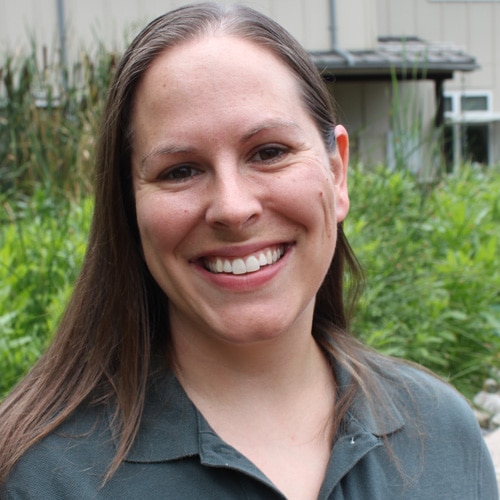Microbial life such as bacteria, fungi, and algae are integral to a naturally functioning aquatic ecosystem. By applying comprehensive molecular approaches, this laboratory is focused on characterizing the composition and distribution of microbial communities, and determining the functional roles as well as their interactions with environments.
Staff
News

Nutrients for bacterial growth in drinking water: bioassay evaluation

Modifications to simplify an AOC bioassay for routine use by utilities monitoring bacterial regrowth potential in water distribution systems

Diel fluctuations in bacterial activity on streambed substrata during vernal algal blooms: effects of temperature, water chemistry, and habitat

Densities of benthic protozoa and nematodes in a piedmont stream

Measurement of assimilable organic carbon in water distribution systems by a simplified bioassay technique

Bacterial biomass, metabolic state, and activity in stream sediments: relation to environmental variables and multiple assay comparisons
Publications
Benthic bacterial biomass supported by streamwater dissolved organic matter
In situ measures of dissolved organic carbon flux in a rural stream
Microbial heterotrophic utilization of dissolved organic matter in a piedmont stream
Diel fluctuations of DOC generated by algae in a piedmont stream
Patterns of dissolved organic carbon in transport



